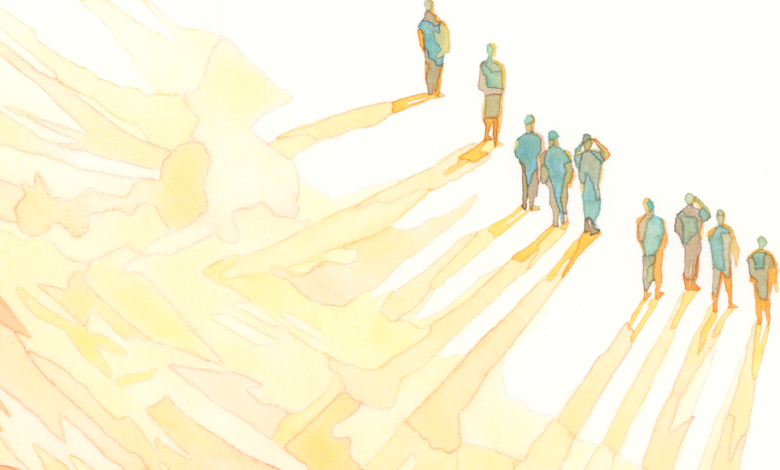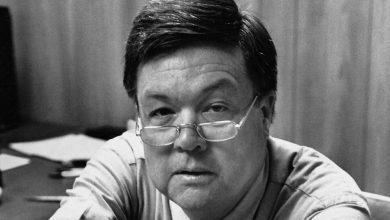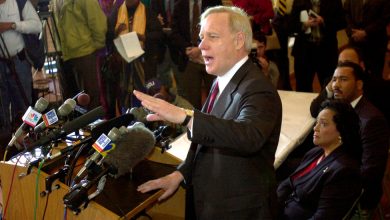‘Oppenheimer,’ My Uncle and the Secrets America Still Doesn’t Like to Tell

The darkened sky stretches over miles of desert sand as in the distance, from an illuminated scaffold, the object rises that will change the world. The first atomic test is the defining scene in “Oppenheimer,” which won seven Academy Awards on Sunday night, including best picture. The scene plays out over seven or so minutes of steadily escalating tension: No one knew whether the bomb would go off at all that night and, if it did, whether it would incinerate the whole world.
Watching the film on opening weekend, I found the scene excruciating, even though history had long since recorded the outcome. I just kept staring at the Los Alamos scientists who gathered to witness the big event, lying under the stars as though taking in an outdoor movie, with nothing more to protect them than a small eye shade. The physicist Edward Teller is the only one who seems to recognize the need for any precautions, and he addresses it by applying sunscreen.
“Oppenheimer” is a movie about a singular genius, an extraordinary collaboration and a turning point in history. But it’s also a lesson in applied physics: the way a lone catalyst may trigger a chain reaction whose impact cannot be predicted or controlled. J. Robert Oppenheimer’s greatest triumph set into motion forces that brought about his downfall. An innovation designed to make the world safer in the long term made it manifestly more dangerous. And in subsequent atomic tests through the postwar years, many Americans were deliberately exposed to radiation, to see what the blast and its aftermath would do to them.
Soldiers were marched through detonation sites when the sand cooled down enough to walk on; pilots were sent through the still-billowing clouds; sailors were lined up on nearby boats. At the Yucca Flat testing grounds in Nevada, an Army band was even summoned to play. I know that last part because my uncle Richard Gigger was the band’s leader.
Richard enlisted in 1946. He was a 16-year-old Black kid in a still-segregated Army, but it got him from East St. Louis to Germany. While there, he got permission to attend a music training program in Dachau, of all places, led by members of the Berlin Philharmonic. It changed his life. Over the next decades he performed for heads of state, led ticker-tape parades through Manhattan and made numerous appearances on “The Ed Sullivan Show.”



